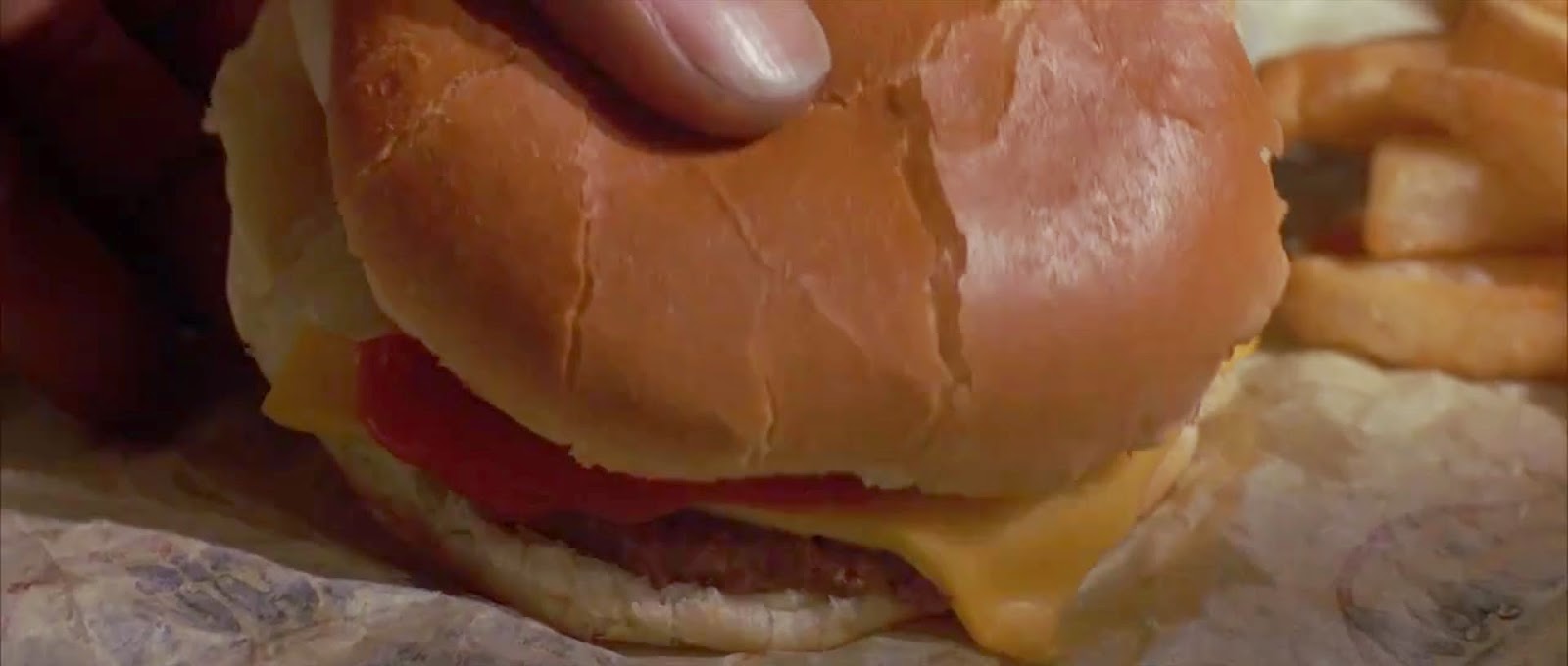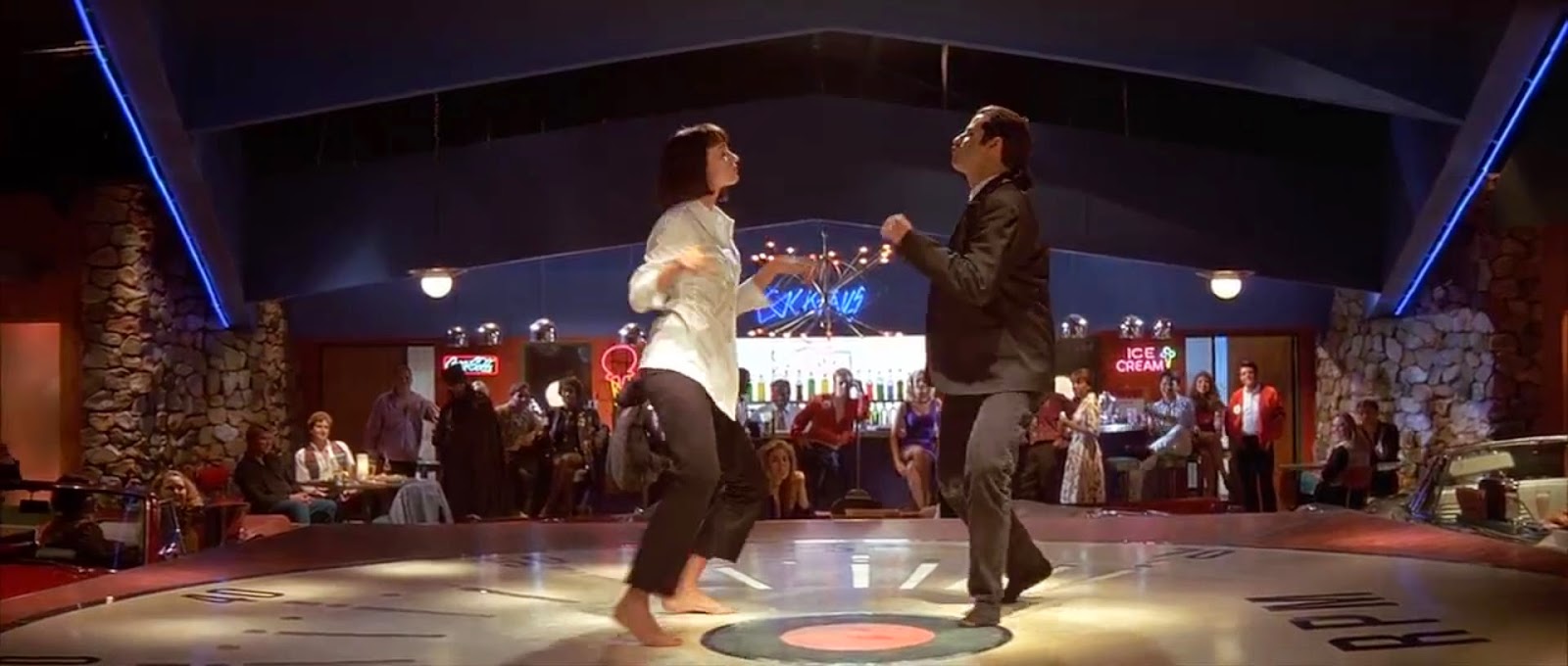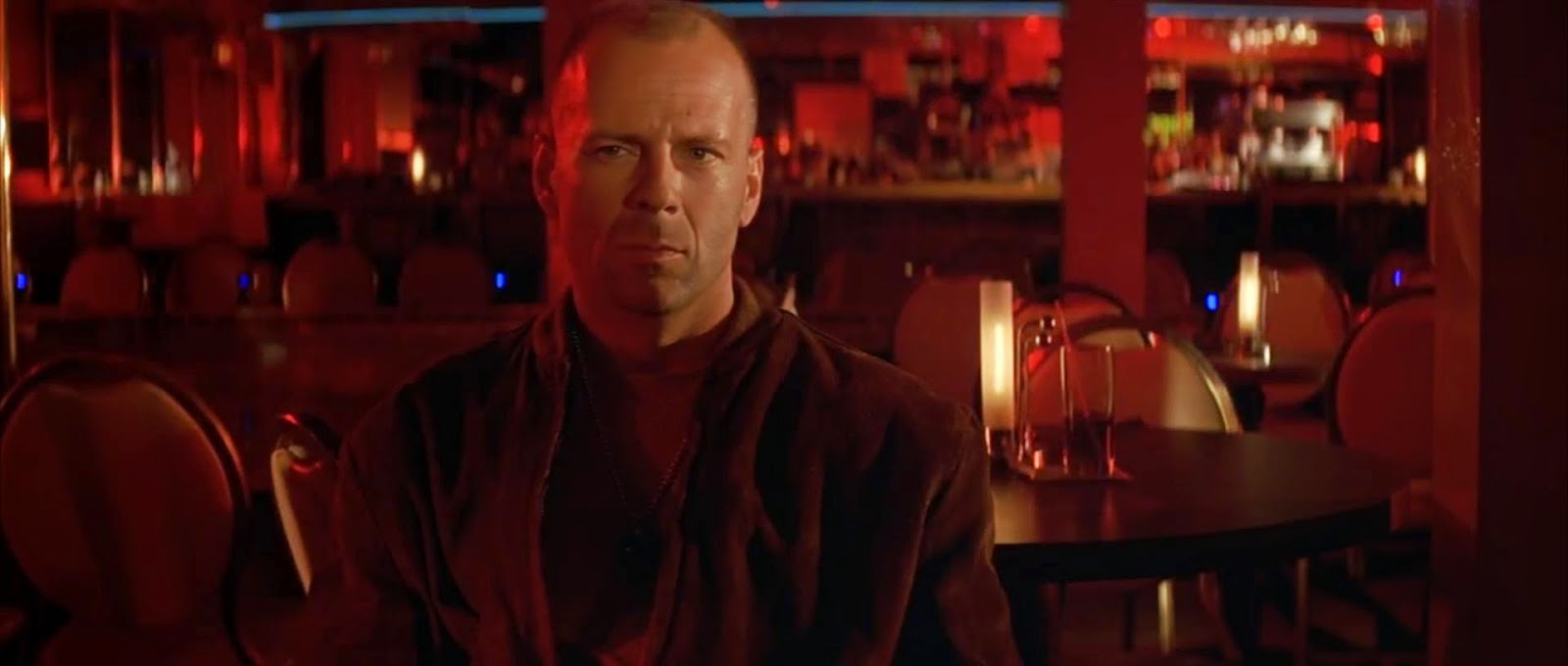A ballad of foot massages, metric systems and other
stuff.
Tarantino
has always been in a bit of an odd spot for me. If were to spontaneously
materialise a list of things that, by all means, I should have experienced
because they seem right up my alley then Tarantino would be up on that list,
alongside things like Platinum Games and Monty Python. But now, thanks to the
perchance of fate I have been able to finally watch Pulp Fiction, which many
claim is his magnum opus. Of course, I don’t know if I can agree or disagree
with that considering the fact that I just mentioned that is the fact that I
haven’t really seen his other movies, with the only other Tarantino movie I’ve
seen being Inglorious Basterds, I can’t really pass judgement whether it is HIS
magnum opus.
But
surely the gloss of my nascent eyes should be able to reflect on whether it is
a magnum opus of the world? My response to that would be: I’m not sure.
Superficially speaking, the biggest draw of the movie is the storytelling, how
everything is presented in a smooth disconnected nature, yet connected in
inference and retrospect. I personally like to call this form of storytelling
the ‘bouncy storytelling’ because it’s not too indifferent from entering a
bouncy castle, bouncing all over the place, bouncing till you lose your
bearings and become unable to tell north from south and Star Wars from Star
Trek… but yet you are still aware of the entrance and exit of the bouncy
palace, which helps put things into perspective even as you spin around enough
to start projectile vomiting into a kid’s face.
 |
| OM NOM Metric System |
Pulp Fiction doesn’t play around with it
quite so much or as crazily as many later stories have, and all the events and
sections can be easily placed into a linear narrative. A linear and seemingly
simplistic narrative- which doesn’t try to twist your mind with its ordering
and chronology, but the segmented nature serves more of a stylistic purpose to
aid the plot and up its motherfucking style quotient.
 |
| Each 'section' is divided with its own title. |
Content-wise the story is actually rather
simplistic, and if I were to put it into a sentence I’d say ‘there’s a whole
lot going on while, while there is very little going on’ and that’s because the
story doesn’t rest its laurels on, well, the plot but on the interactions
between characters and their ‘small talk’. I suppose the movie could get an
award for ‘Most Interesting Small-Talk’ since the topics characters talk about
can vary from the erotic implications of a foot massage to the nature of
awkward silences to the metric system. And while these discussions can be
considered vaporous, since they don’t necessarily bear a great deal of
significance for the plot, they still form the heart and soul of the movie to
the extent that the movie would have been rather listless without them.
 |
| Apparently this scene is very famous. Apparently. |
But if we were to get down and dirty with
the plot, it’s about two hitmen, a professional boxer, a crimelord and several
other disconnected yet connected characters of varying degrees of significance.
Several events take place which are disconnected yet connected and of varying
degrees of significance. In fact it is more of a story ‘in events’ or a story
‘in stories’, since many of them can be taken independently as different unique
stories just with the same characters.
 |
| Tarantino sure loves katanas. |
In all honesty I still find it hard to settle
down on a concrete opinion on the movie, but ultimately it boils down to the
fact that it nails down the one-two punch of making something good: fun and
style. Being fun and stylish is a pretty great way to make it into people’s
good books without having to try to construct an attempted complex plot,
constants, variables, nuanced characters and so on, as the Devil May Cry series
attests. A perfect degree on the style quotient can often be just the thing to
make something bland and unexciting, something non-bland and exciting. The good
news is that the characters are interesting in their own rights, and their
amoral, questionable and often quirky mannerisms are enough for them to fly
quite high without taking the style quotient into the mix, which helps propel
them beyond the stratosphere. Another thing is that the movie leaves a handful
of loose ends lying around, which helps keep it in your mind, figuring out
possible answers and outcomes for some events.
After all, one of the secrets to being a
good work is having those ‘factors’ that help it remain in the minds of those
who experience it, for whatever reason. Does it stay, while they mull over the
implications of the ending? Does it stay, while they try draw parallels to
historical events? Does it stay, while they ponder the fates of the characters
and the world? Many people seem to forget that leaving questions unanswered and
not providing sufficient closure can often help a work, and the movie leaves
its fair share of open questions and loose ends.
Another unrelated thing I find rather
amusing is that the movie has one hell of a star cast… by today’s standards,
since most of them weren’t particularly well off or famous back then. Still,
the performances are pretty impressive and bring Tarantino’s rambling, off-beat
style to life, with Samuel L. Jackson probably deserving all the fame it
garnered him.
 |
| Today's Lesson: How to clean a gory car |
All
in all, what do I really think about the film? I’m really not sure. I am in
part disappointed that it didn’t quite blow my mind like a Michael Bay
impression, as the world led me to believe, but a lot of the ‘flaws’ present
would probably have to do with personal views. The movie does straddle the line
of crass, and seems to come quite close to actually entering crass domain, but
it miraculously manages to just keep itself from truly being crass. And this is
likely because the crassness present fits into the style and setting, making
the crassness seem smooth and not all-consuming and rough (compare it to Wolf
of Wall Street for something that is just annoyingly crass, rough crass, boring
crass and crass crass that is truly crass).
All in all again, I don’t really have
anything cute or conclusive to put into this last line. But I beg the question,
do I really have to have a last line? Can’t there be no last line, allowing you
to see the bits and pieces and form my conclusion by reading the rest? Hmmm?








No comments:
Post a Comment